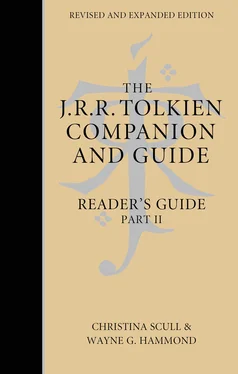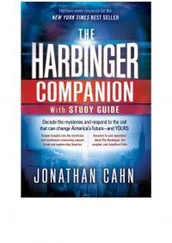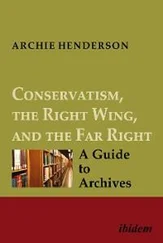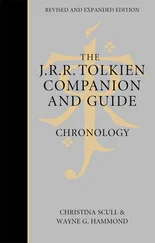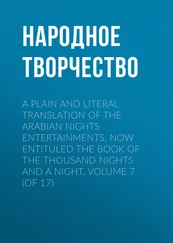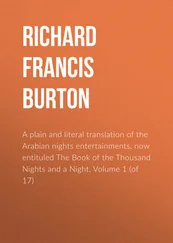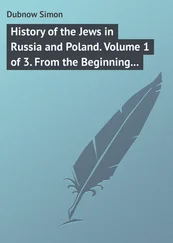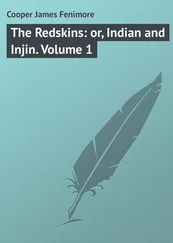During most of his time as Rawlinson and Bosworth Professor of Anglo-Saxon at Oxford (1925–45) Icelandic studies were part of Tolkien’s responsibilities. He lectured on all aspects of Old Icelandic language and literature, and often acted as a supervisor or examiner for any B.Litt. or D.Phil. thesis on the subject. This was recognized in Iceland, when in 1933 Tolkien was made a honorary member of Hið íslenska bókmenntafélag (the Icelandic Literary Society; *Societies and clubs). In 1931 he served on an English Faculty Board committee which proposed, among the main needs of the faculty, ‘the endowment of a Readership or Lecturership in (medieval) Scandinavian languages’. Their justification was that ‘Norse literature and philology are of central importance in the medieval curriculum of the English School. Adequate provision for the teaching of these subjects, and for the direction of advanced studies is urgently required. No provision for Scandinavian studies has been made by the Faculty of Medieval and Modern Languages since 1916’ (Oxford University Archives FA 4/5/2/3). The request was rejected by the General Board, but made again in 1939. A bequest ultimately enabled the founding of the Vigfússon Readership in Ancient Icelandic Literature and Antiquities, first held by Tolkien’s former B.Litt. student *E.O.G. Turville-Petre.
With the Vigfússon Readership established Tolkien was no longer responsible for Icelandic studies, and although Turville-Petre was called to war work almost as soon as he became Reader on 1 October 1941, Tolkien was not scheduled to give any lectures or classes on Icelandic studies after Michaelmas Term 1941 for the rest of his time in the Rawlinson and Bosworth chair. See also J.S. Ryan, ‘The Work and Preferences of the Professor of Old Norse at the University of Oxford from 1925 to 1945’, Angerthas 27 (May 1990).
NORTHERN INFLUENCES ON TOLKIEN’S FICTION
Among many influences from Northern literature on Tolkien’s works, Beowulf not only provides the cup stolen from Smaug in * The Hobbit , but also contributes to the Anglo-Saxon culture of the Rohirrim in * The Lord of the Rings , in particular the reception of Gandalf, Aragorn, Legolas, and Gimli at Edoras (Book III, Chapter 6), which is based on that of Beowulf at Heorot. It also seems likely that Unferþ in Beowulf provided a prototype which Tolkien reworked as Gríma Wormtongue (see Clive Tolley, ‘And the Word Was Made Flesh’, Mallorn 32 (September 1995)). Most of the Dwarf-names in The Hobbit , and the name Gandalf (originally that of the dwarf later called Thorin), are taken from the Völuspá in the Elder Edda. Even Middle-earth and Mirkwood are derived from early Germanic languages where they appear in various forms (see Letters , pp. 220, 369–70). The figure of Gandalf, as Tolkien himself recognized ( Letters , p. 119), embodies some aspects of the god Odin in Norse mythology (see further, Marjorie Burns, Perilous Realms: Celtic and Norse in Tolkien’s Middle-earth (2005), pp. 95–106). Verlyn Flieger comments that although ‘ljösalfar (light elves) and döckalfar (dark elves) are part of the world of the Icelandic Prose Edda and its source, the Elder or Poetic Edda, Tolkien carries the concept [of Light Elves and Dark Elves] beyond mere naming to create a context in which the differences that underlie the distinction can be explained and justified’ ( Splintered Light: Logos and Language in Tolkien’s World (2nd edn. 2002), p. 83).
A dragon guarding a hoard, as in The Hobbit and Tolkien’s poem * The Hoard , appears in both Beowulf and the story of Sigurd. Tolkien also drew upon the latter for the story of Túrin Turambar in The Silmarillion (*‘Of Túrin Turambar’), who kills the dragon Glaurung as Sigurd kills Fáfnir, by striking the beast’s soft belly from below. Also in The Silmarillion , the deaths of the companions of Finrod and Beren at intervals by a werewolf echo the account in the Völsunga Saga of the slaying of nine of the ten fettered sons of King Volsung, one by one, on consecutive nights by a she-wolf, and Beren suffers the loss of a hand to the wolf Carcharoth as the Norse God Týr did to enable the binding of Fenris Wolf. Beorn in The Hobbit , who shape-changes into a great bear in the Battle of Five Armies, appears to owe much to the berserk warriors of Northern tradition who fought with frenzied fury and whose name, according to the most accepted interpretation, described them as wearing bearskins. And in The Lord of the Rings , Aragorn’s broken sword recalls that of Sigurd in the Volsungasaga ; the seat of Amon Hen is akin to Hliðskjf, the all-seeing seat of Odin; and the meeting of the forces of Sauron and the Army of the West on Dagorlad, the Battle Plain, at the feet of the Ered Lithui or Ash Mountains, recalls the battle between the Goths and the Huns on the Danube-heath below the Hills of Ash.
After discussing the fragmentary remains of early Germanic writings, especially in Old English and Gothic, Paul Bibire observes in ‘Sægde se þe cuþe: Tolkien as Anglo-Saxonist’, Scholarship and Fantasy (1993), that
Tolkien manifestly felt the imaginative pull of these lost literatures, of what must have been. His scholarly caution … warned him against confusing what is with what might have been …. He is also remarkably careful to dissociate his recreative from his scholarly activities, and the legends of the Rohirrim and their ancestors and cousins of Mirkwood are not those of the early English, or of their continental Gothic or Norse cousins: rather, he creates an analogue of such a body of legends, as it might have developed in the different cultural and geographical circumstances of Rohan and Gondor. [pp. 124–5]
Tolkien himself commented on this separation of his re-creative and scholarly activities in an unpublished essay concerning his thoughts on translating poetry:
I must protest that I have never attempted to ‘re-create’ anything. My aim has been the basically more modest, and certainly the more laborious one of trying to make something new. No one would learn anything valid about the ‘Anglo-Saxons’ from any of my lore, not even that concerning the Rohirrim; I never intended that they should. Even the lines beginning ‘Where now the horse and the rider’ [ The Lord of the Rings , bk. III, ch. 6], though they echo a line in [the Old English poem] *‘The Wanderer’ … are certainly not a translation, re-creative or other wise. They are integrated (I hope) in something wholly different … they are particular in reference, to a great hero and his renowned horse, and they are supposed to be part of the song of a minstrel of a proud and undefeated people in a hall still populous with men. Even the sentiment is different: it laments the ineluctable ending and passing back into oblivion of the fortunate, the full-lived, the unblemished and beautiful. To me that is more poignant than any particular disaster, from the cruelty of men or the hostility of the world. But if I were to venture to translate ‘The Wanderer’ – the lament of the lonely man withering away in regret, and the poet’s reflexions upon it – I would not dare to intrude any sentiment of my own, nor to disarrange the order of word and thought in the old poem, in an impertinent attempt to make it more pleasing to myself, and perhaps to others. That is not ‘re-creation’ but destruction. At best a foolish misuse of a talent for personal poetic expression; at worst the unwarranted impudence of a parasite. [Tolkien Papers, Bodleian Library, Oxford]
Tolkien did, however, give a version of part of the Old English poem * The Seafarer a significant place in * The Lost Road and * The Notion Club Papers , though in an entirely different context: a sea-longing to seek the land of the Elves. He also wrote, probably in the early 1930s, Völsungakviða en nýja (‘The New Lay of the Völsungs’), a poem of 339 eight-line stanzas. On 29 March 1967 he wrote to *W.H. Auden, who had sent him part of the Elder Edda that he and Paul B. Taylor had translated into Modern English: ‘In return again I hope to send you … a thing I did many years ago when trying to learn the art of writing alliterative poetry: an attempt to unify the lays about the Völsungs from the Elder Edda , written in the old eight-line fornyrðislag stanza’ ( Letters , p. 379). A companion poem, Guðrúnarkviða en nýja (‘The New Lay of Gudrún’), of 166 eight-line stanzas, dates to the same time. (For the ‘New Lays’ see The Legend of Sigurd and Gudrún .)
Читать дальше
